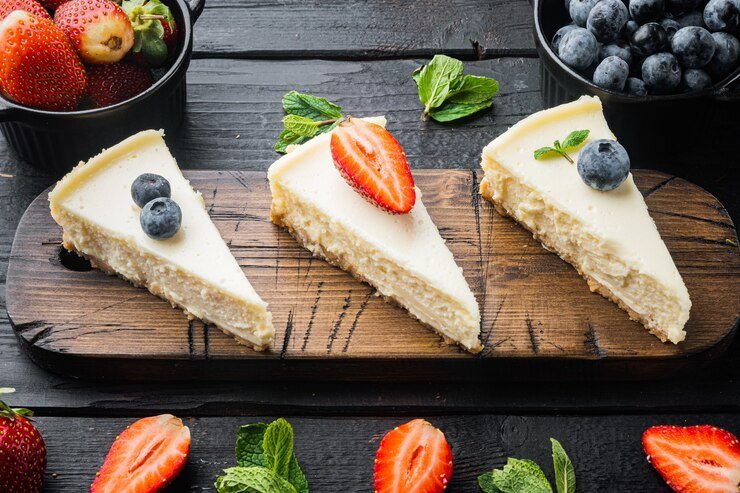What are the three types of cheesecake? Cheesecake is not just a modern-day treat but a historical dessert that has evolved over centuries. Originating in ancient Greece, it was a simple mixture of cheese and honey, often served to athletes at the Olympic games to provide energy. As it spread across Europe, each region added its own flair, leading to the rich varieties we enjoy today.
- Ancient Beginnings: The earliest cheesecake was a simple energy-rich food made from cheese and honey, serving as a staple for athletes.
- European Variations: As cheesecake made its way through Europe, it transformed with the incorporation of local ingredients such as ricotta in Italy and quark in Germany, creating diverse textures and flavors.
- American Innovation: With the introduction of cream cheese in the 19th century, American bakers began creating the iconic New York Cheesecake, known for its smooth, creamy texture and graham cracker crust.
Cheesecake’s journey from an ancient Greek energy snack to a modern dessert favorite shows its versatility and enduring appeal. Each slice of cheesecake not only offers a taste of decadent sweetness but also a piece of culinary history that continues to evolve with each baker’s unique touch.
Learn more about the evolution of desserts on Food Network
This introduction sets the stage for a deeper exploration of the specific types of cheesecake, illustrating how this versatile dessert adapts and thrives across different cultures and culinary techniques. As we move forward, we will delve into the characteristics that define each type, ensuring that you have all the knowledge to both appreciate and craft your own cheesecake creations.

